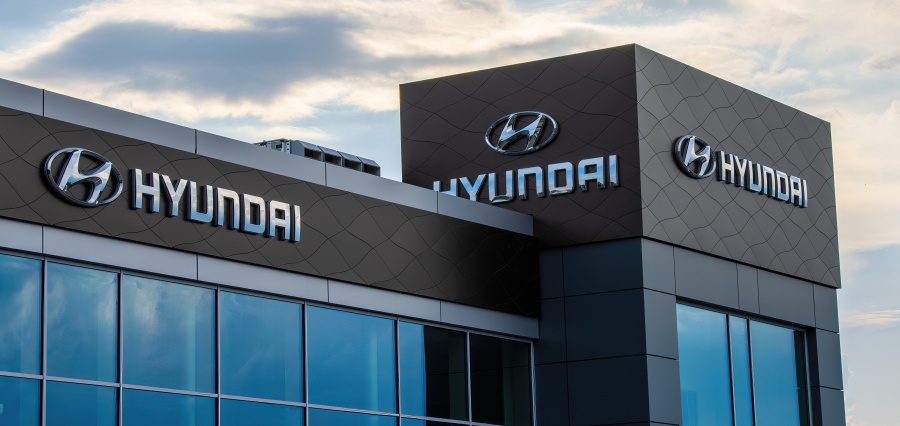Hyundai Motor has unveiled its first three-row, all-electric vehicle, the 2026 Ioniq 9, developed specifically for the US market. Here it is, the biggest electric vehicle from the company, stretched out from a brand that had been launched through the Ioniq 5 and Ioniq 6 two smaller models. The Ioniq 9 will seat up to seven passengers and, therefore, is one of the more versatile, family-friendly options in the rapidly expanding electric SUV market.
Delivery to U.S. dealerships is expected to take place in the spring of 2025. Hyundai has released seemingly healthy performance data on the vehicle that includes fast charging. This means the battery will be charged from 10% to 80% within a mere 24 minutes. The SUV’s competitive range is approximately 335 miles based on a full charge while accelerating from 0 to 60 mph in less than 4.9 seconds.
Hyundai didn’t yet announce prices for the Ioniq 9, but it will likely be slightly higher than for its sibling Kia EV9, which starts at about $55,000. The Ioniq 9 is a critical component of Hyundai’s overall efforts to gain more ground in the U.S. electric vehicle market, where it aims to have 23 EV models by 2030.
The Ioniq 9’s design differentiates it from the Kia EV9 and Hyundai’s smaller Ioniq models, signaling Hyundai’s intention to cater to a diverse range of customer preferences within the electric vehicle market. This is just one part of a broader strategy by Hyundai to speed up the adoption of electric vehicles, even given that the market transition is coming slower than expected. Along with sister brand Kia, Hyundai currently leads the second position in the U.S. EV market. It ranks second after Tesla.
Further evidence of the company’s commitment to electric vehicle production in North America: Hyundai will produce the Ioniq 9 at a new, multibillion-dollar manufacturing plant under construction in Georgia.
The car will first be sold in the United States and South Korea, and it will eventually reach other markets, including Europe. With the Ioniq 9, Hyundai takes its steps in electric vehicles and further solidifies its foothold in an increasingly EV-dominated global market.





